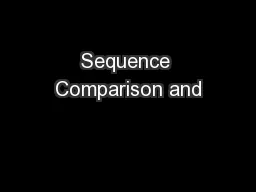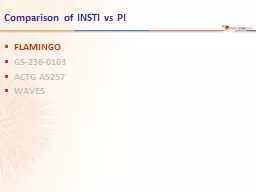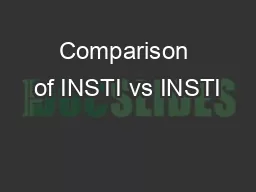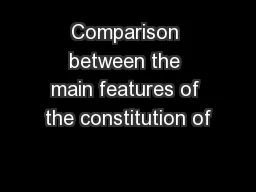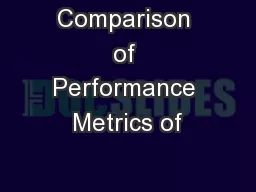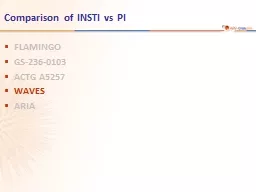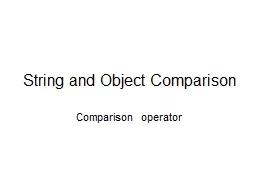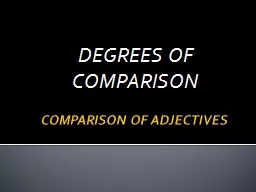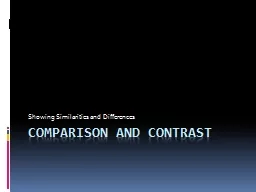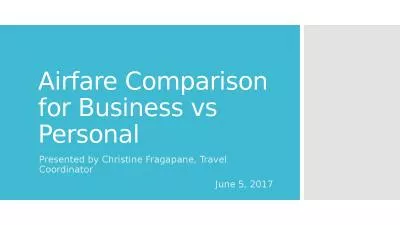PPT-Comparison of INSTI vs PI
Author : trish-goza | Published Date : 2019-06-20
FLAMINGO GS2360103 ACTG A5257 WAVES Lennox JL Ann Intern Med 201416146171 ACTG A5257 Design Objective Evaluate regimen equivalence regarding virologic efficacy
Presentation Embed Code
Download Presentation
Download Presentation The PPT/PDF document "Comparison of INSTI vs PI" is the property of its rightful owner. Permission is granted to download and print the materials on this website for personal, non-commercial use only, and to display it on your personal computer provided you do not modify the materials and that you retain all copyright notices contained in the materials. By downloading content from our website, you accept the terms of this agreement.
Comparison of INSTI vs PI: Transcript
Download Rules Of Document
"Comparison of INSTI vs PI"The content belongs to its owner. You may download and print it for personal use, without modification, and keep all copyright notices. By downloading, you agree to these terms.
Related Documents


